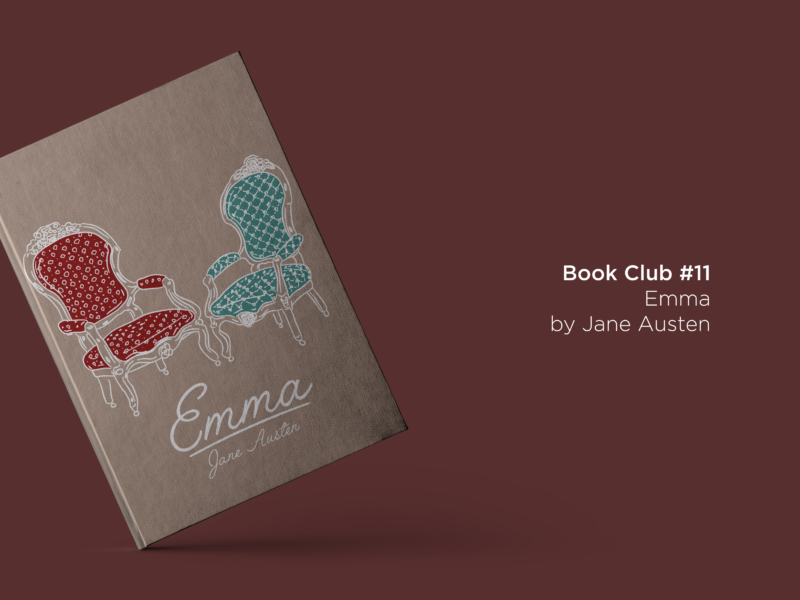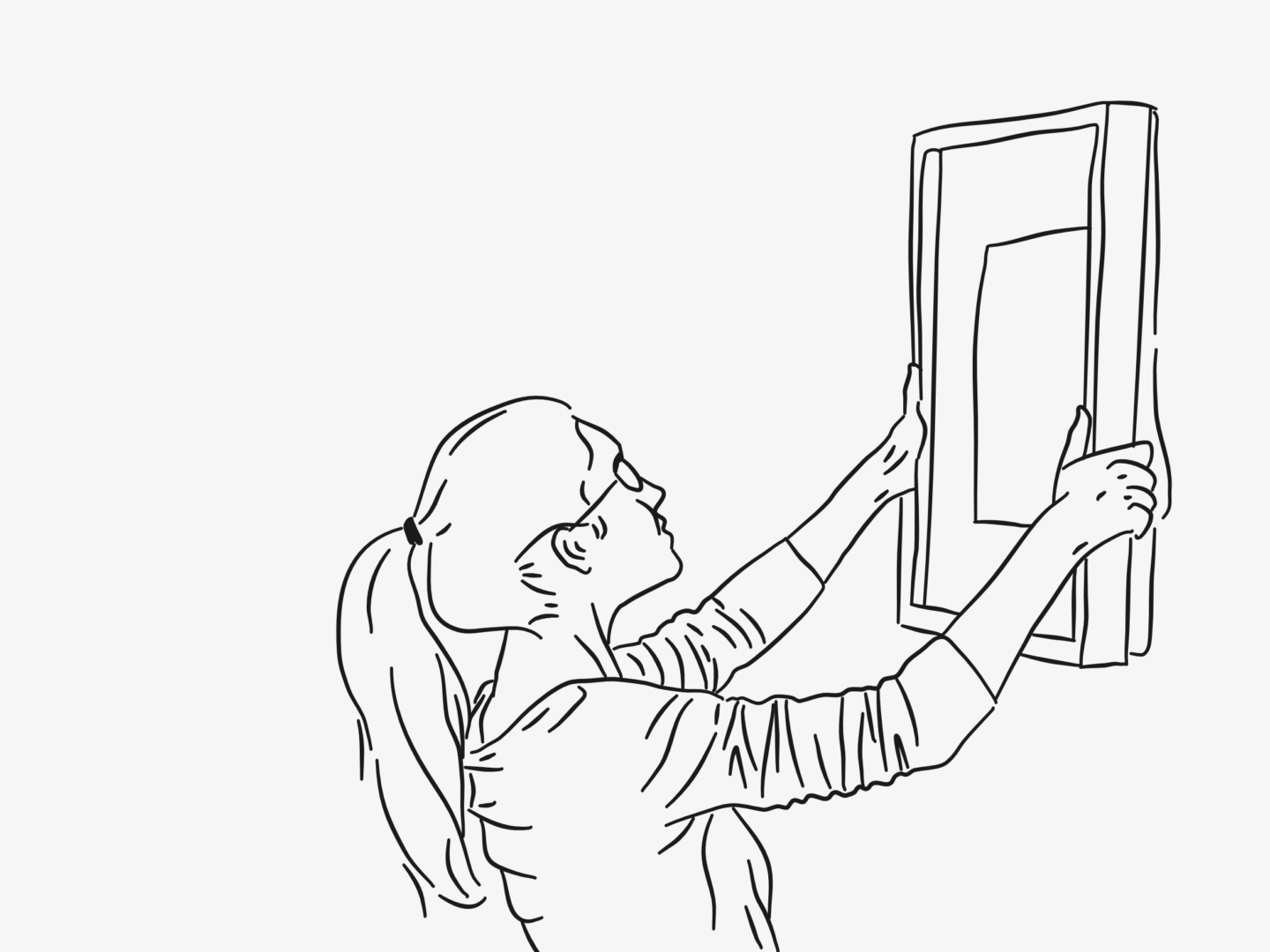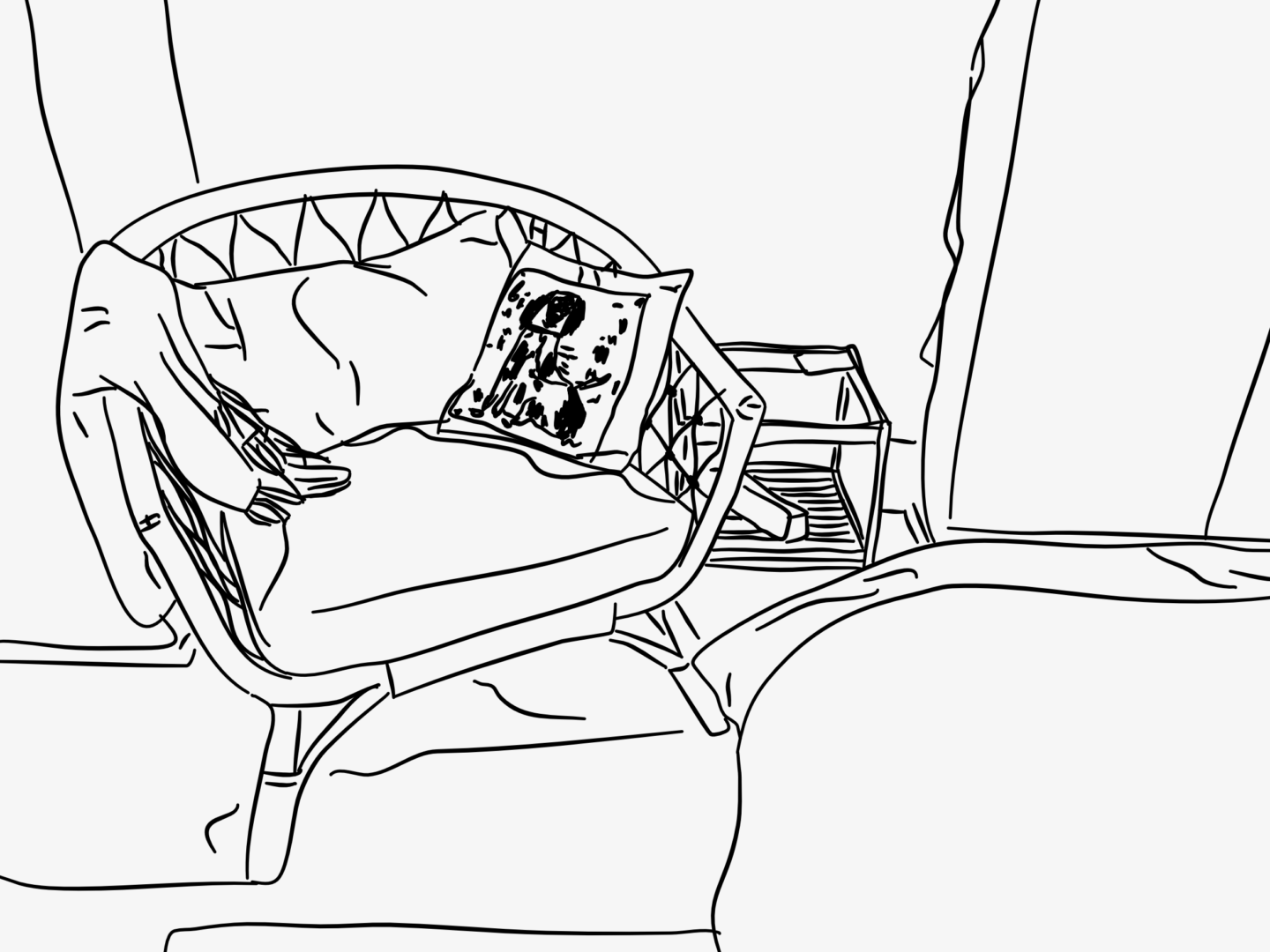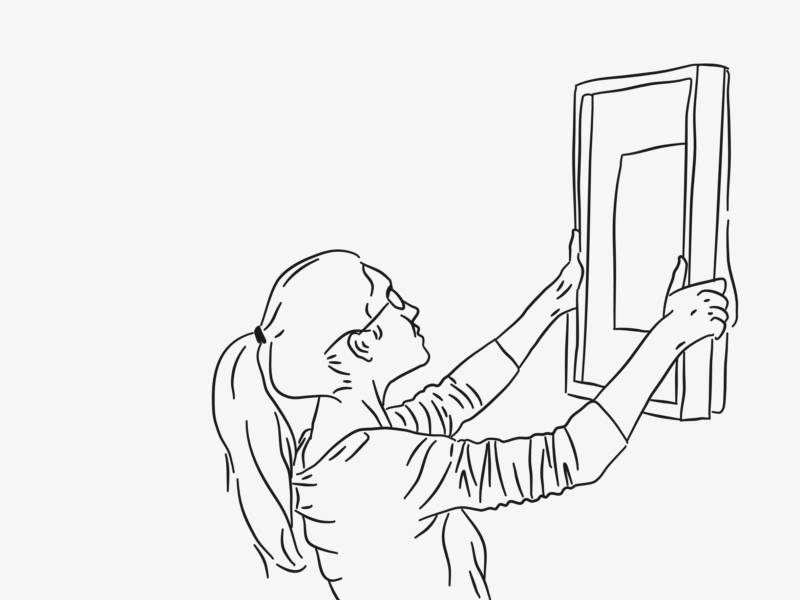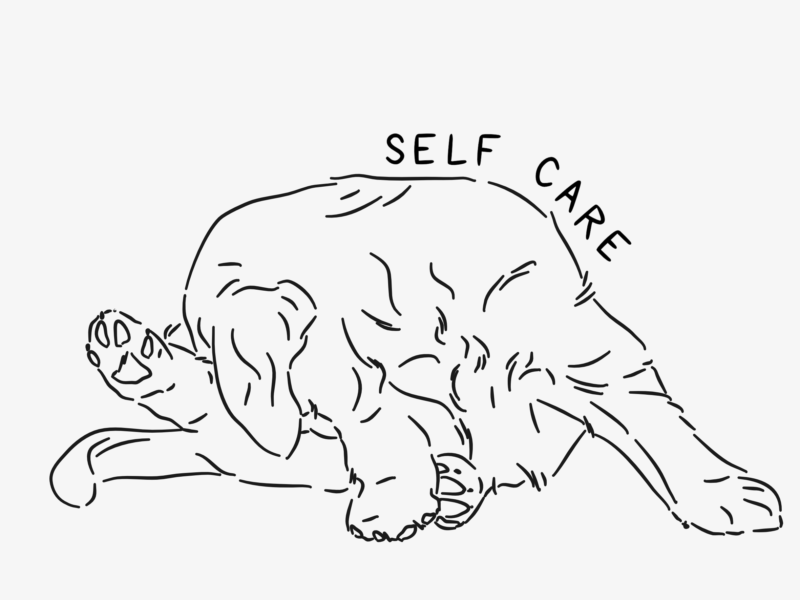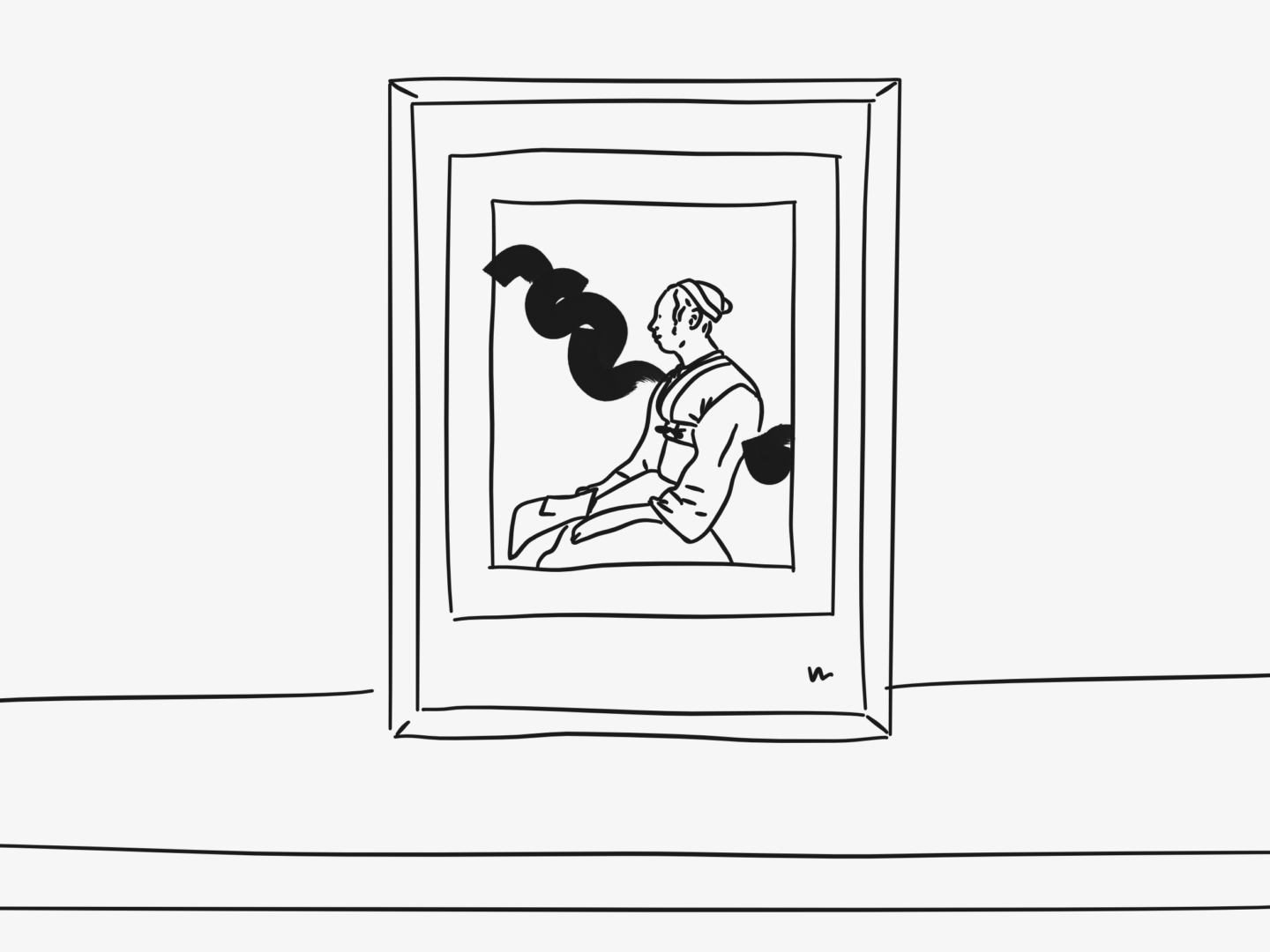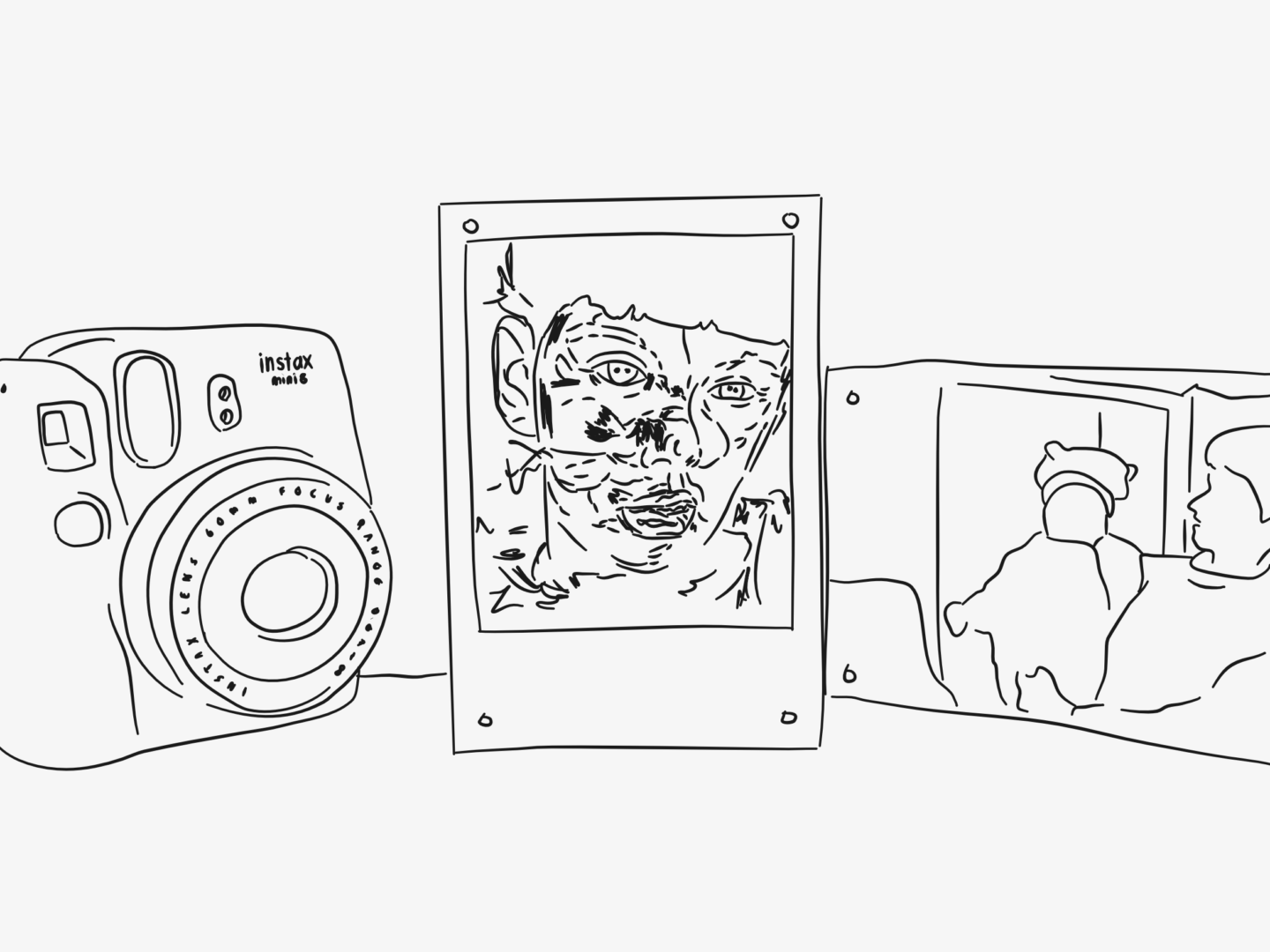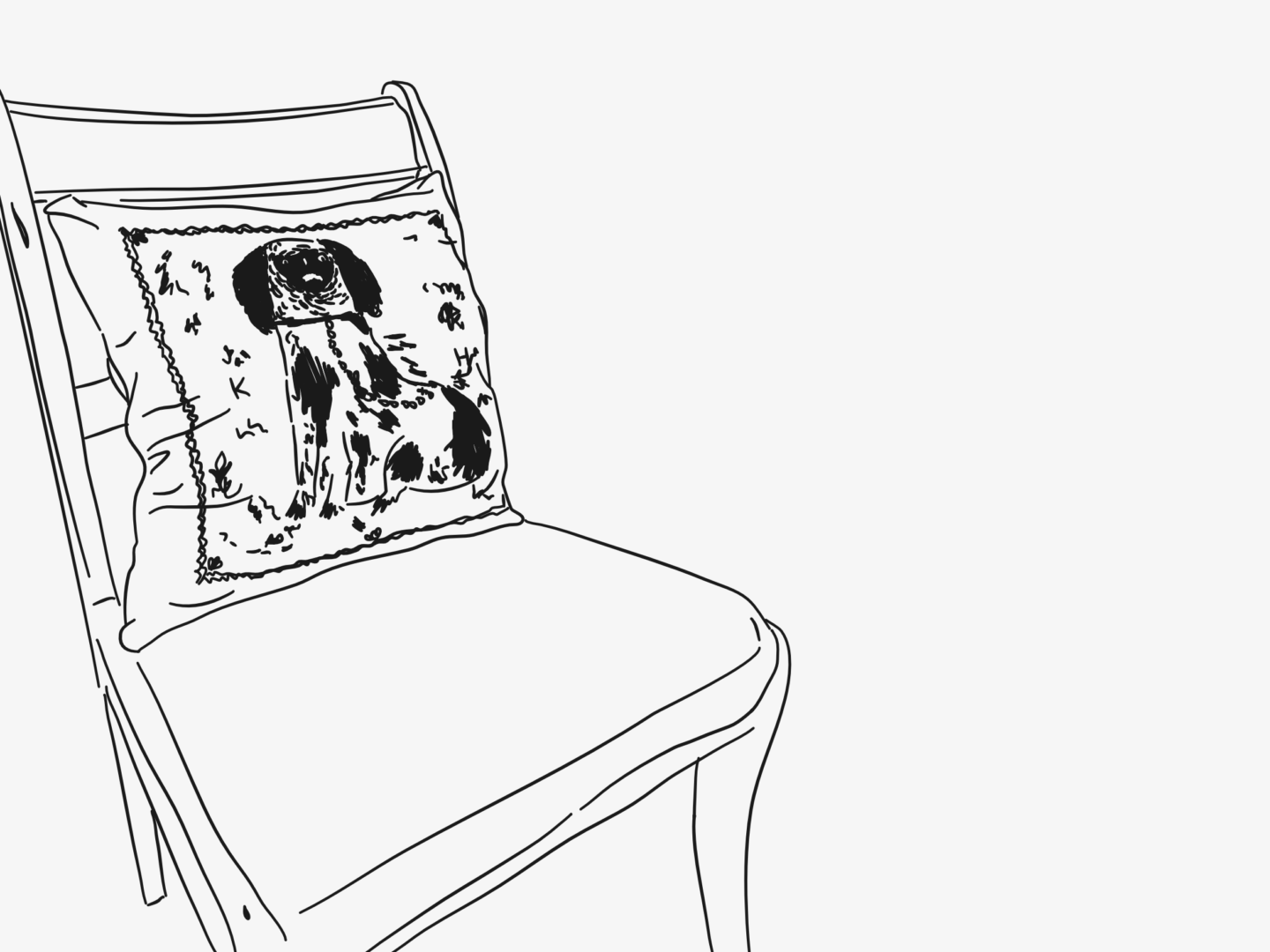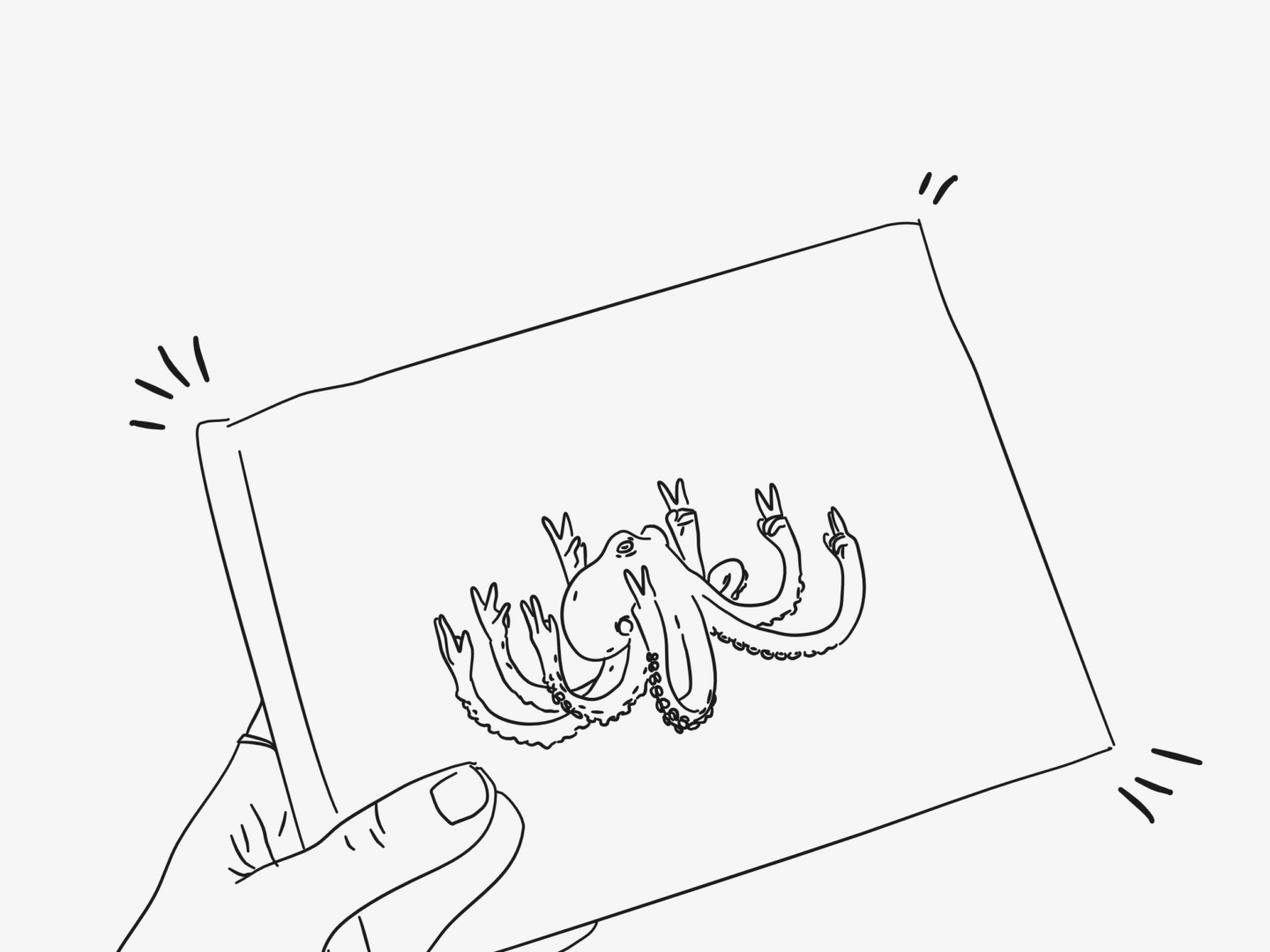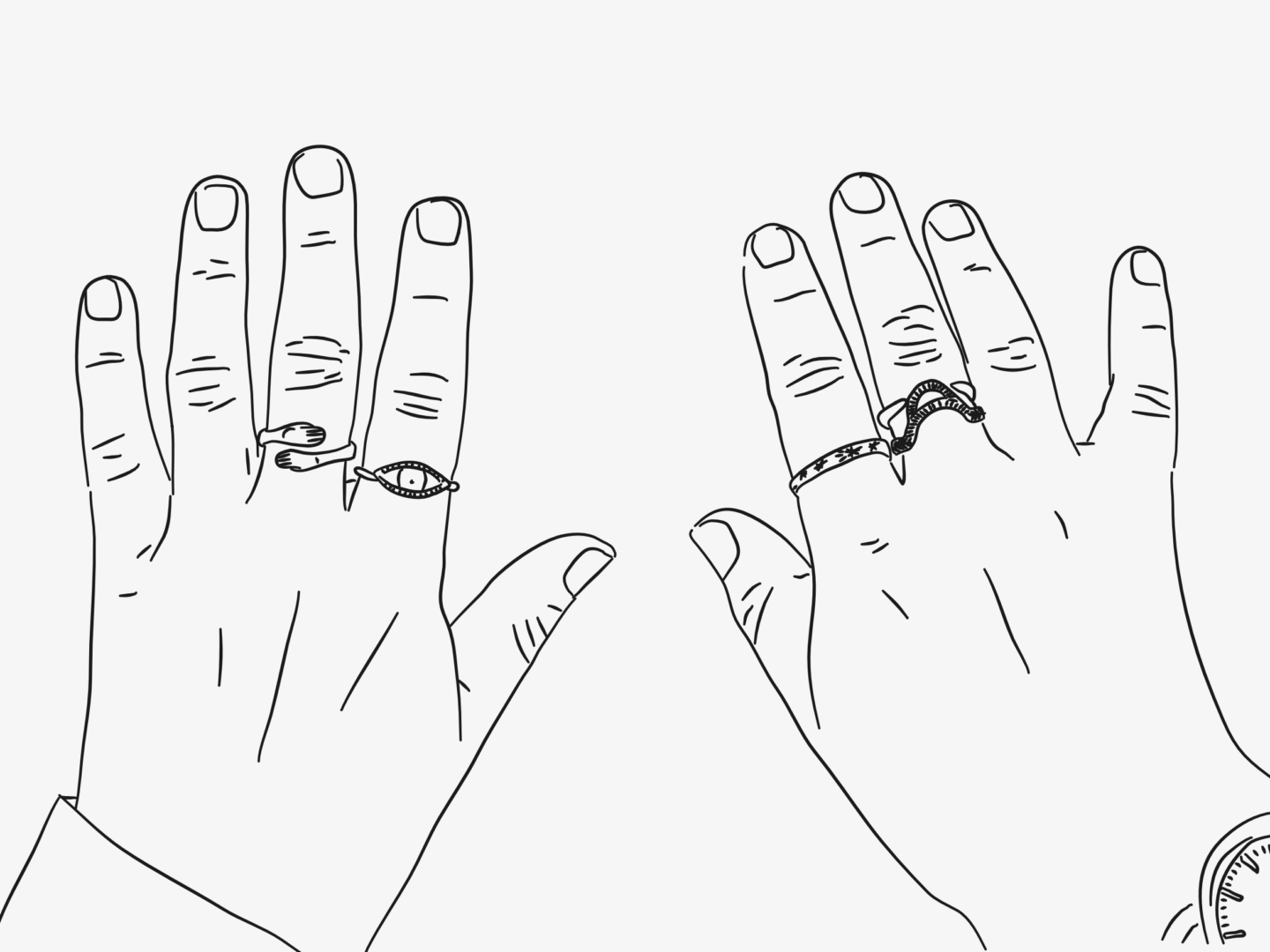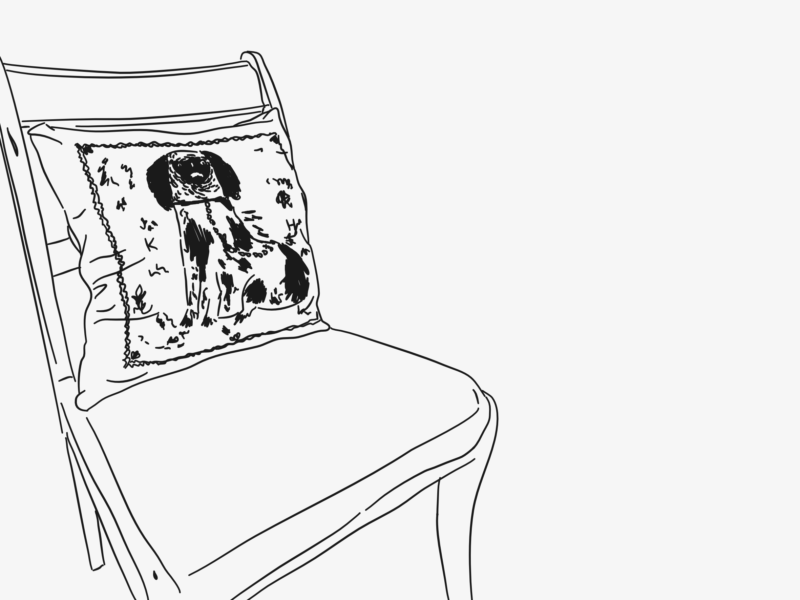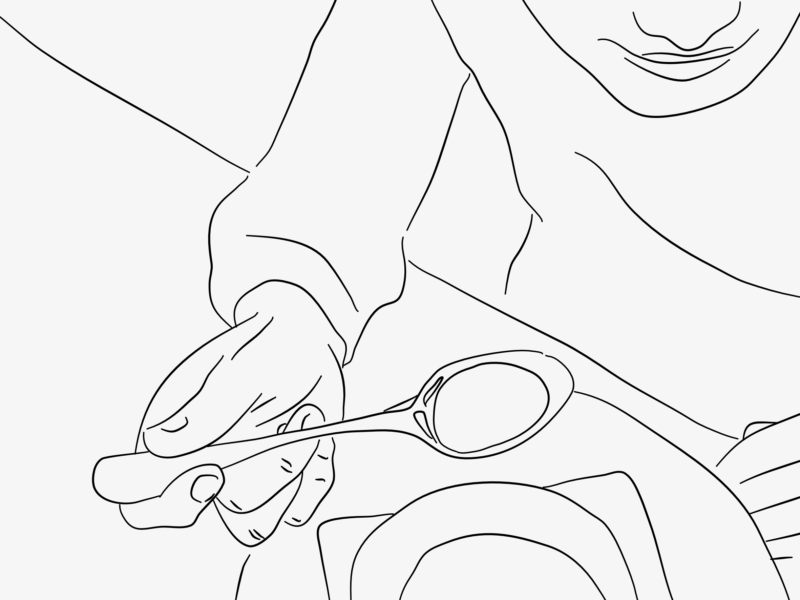This month I reread Emma for my office book club and I had such a good time that I wanted to share it here as well. Emma is one of my favourite Jane Austen novels and one of my favourite books full stop. It’s the only book that’s made me give up TV so I could race through it this year and it’s the ideal companion to cozy up to on an autumn’s eve.
For my book club posts, I normally offer you a bit of a review of the piece I’ve picked, but Emma has been so thoroughly reviewed since it’s publishing in 1815. And with 200 years of reviews from some of literature’s best (and perhaps worst) thinkers I’m not sure how much I can really add, so I’m going to keep this month’s review short, sweet, and glowing – yes I am biased and I don’t care.
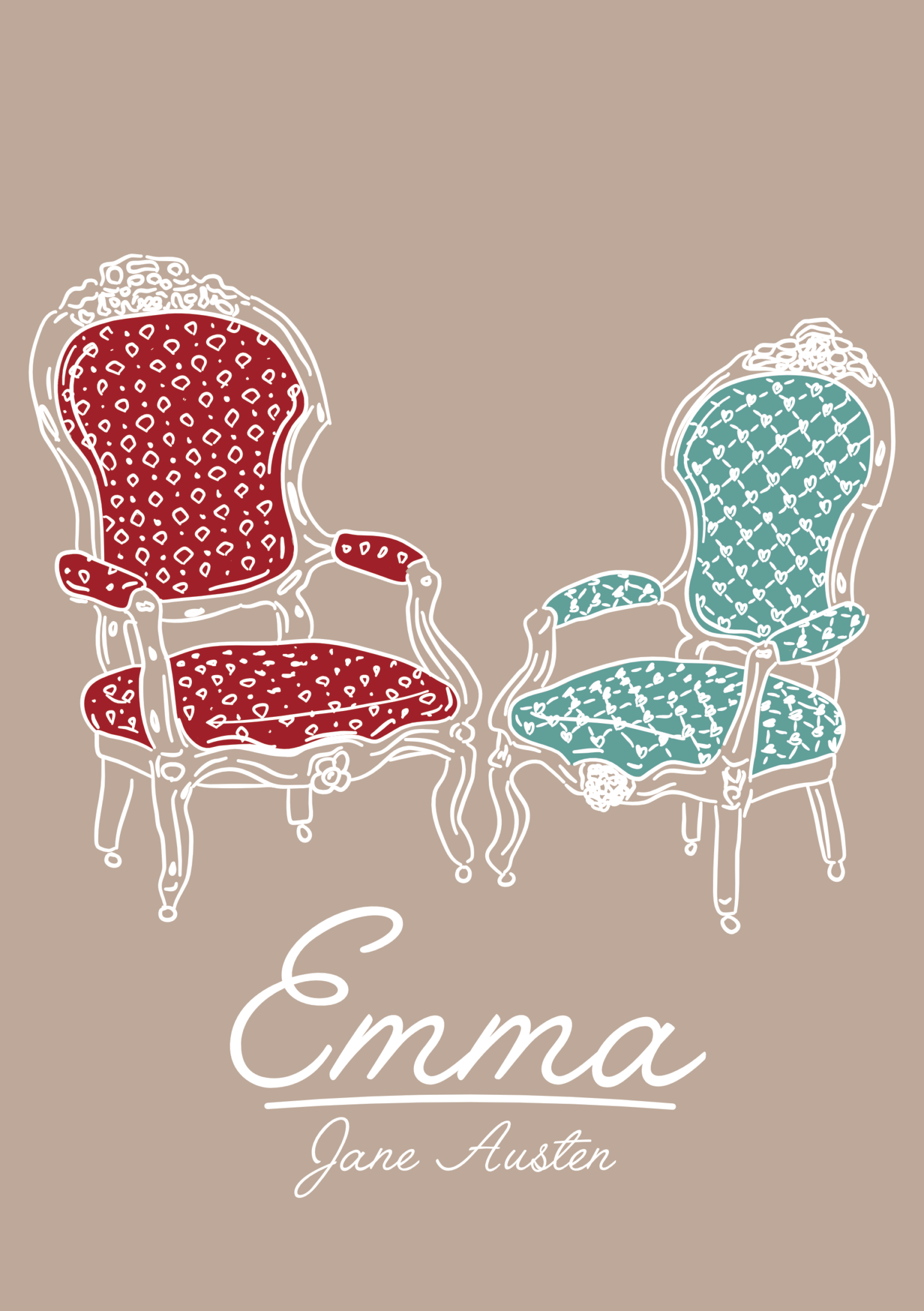
My alternative cover design for Emma
If you haven’t heard of Emma before, it’s the story of Emma Woodhouse a precocious twenty-year-old lady of Highbury, who imagines herself to be a naturally gifted matchmaker. The reader follows Emma as she conjures up relationships for others but remains sure she will not marry. It’s filled with romance, humour, and plenty of drama.
If you haven’t read Jane Austen before, you’ve missed out. A lot of people including Bronte and Nabokov have written off Austen as nothing special, as “chick lit” for the 19th century and thus not worth any time at all. They are so wrong.
First off, “chick lit” is so valuable. If it brings you joy, if it can take you to another world, then it’s great literature and I don’t care if it features a romance or three talking chickens. Second, Austen is so special.
Second, Austen is a great writer. Her characters are interesting and complex. The way she builds societies and landscapes is simply wonderful. For a novel to read so smoothly there’s so much craft that has to go on behind the scenes. Plus, her use of free indirect discourse in Emma (essentially 3rd person narrator who speaks like, and knows as much as a character) was pretty revolutionary at the time, and yet it seems so natural!
Third, for me, even though her novels were written in the 19th century her stories are completely timeless. Not only do they offer you an insight into another world, they are the blueprint of so many modern romances.
So, in short, don’t write Austen off.
 SOME QUESTIONS TO PONDER AS YOU READ
SOME QUESTIONS TO PONDER AS YOU READ
- The world is very different to how it was 200 years ago, do you feel like Emma still remains relevant?
- Reading Emma in 2017 means you have a lot of preconceived ideas of Emma, of romance in literature and film, and of what the plot might be, how do you think the reading experience would have been different if you read Emma in 1815?
- How do you feel class is portrayed in Emma? What does Austen want us to think?
- Emma is a matchmaker, do you think there are any similarities between how she draws people together and how Austen as a literary matchmaker brings her characters together?
IF YOU WANT SOME FURTHER READING TRY…
- Watch the 2009 BBC adaptation, which is currently on Netflix starring Romola Garai and Jonny Lee Miller – in my opinion it is the best adaptation, the colour and life of it really picks up the character of the book
- Watch Clueless, it’s pretty much a modern (90s) reimagining of Emma and it’s just a classic
- John Mullan’s account of why Emma changed the face of literature for the Guardian
- Anything Paula Byrne has written on Jane Austen, A Life in Small Things is particularly accessible and offers a really interesting look at Austen’s world
IF YOU WANT MORE BOOKS LIKE THIS HAVE A LOOK AT…
- Jane Austen’s Pride and Prejudice
- Jane Austen’s Northanger Abbey
- Ian McEwan’s Atonement
- George Eliot’s Mill on the Floss
- Elizabeth Gaskell’s Wives and Daughters
Why not use Emma themed bookmark I designed to keep your place as you read? You can print and download it for free here.
As ever, let me know if you’ve read Emma, or if you have any recommendations for what I should be reading next.


